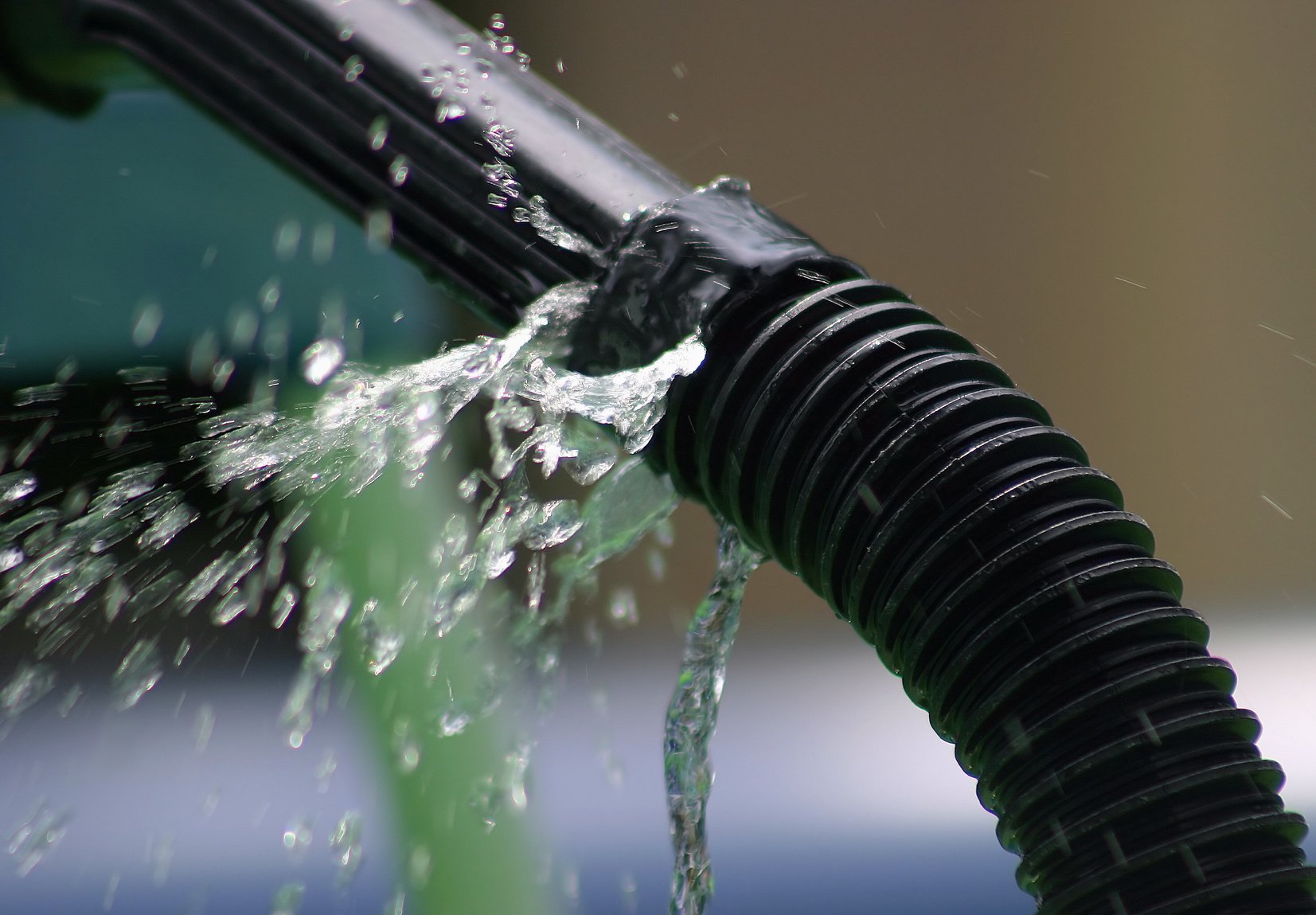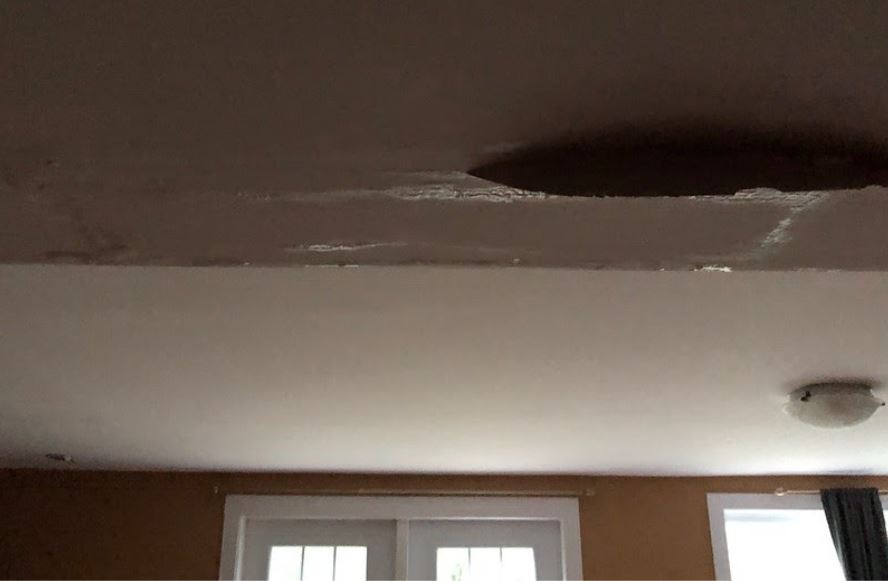Find The Factors Causing Water Seepage in Your House
Find The Factors Causing Water Seepage in Your House
Blog Article
Are you currently hunting for information and facts concerning Most Common Causes of Leaky Pipes?

Leakages not just cause waste of water yet can also trigger unneeded damage to your house and promote undesirable natural growth. However, water leakages might go undetected given that the majority of the pipework in our residence is concealed. By recognizing and looking for everyday situations that trigger leakages, you can protect your home from future leaks as well as unneeded damages. Today, we will consider 6 leakage causes that may be causing your pipes to drip.
Intruding origins
The majority of water leaks start outside the house rather than inside it. If you see an unexpected reduction in water pressure, claim in your faucet, require time to head out and also analyze your yard. You might notice damp spots or sinkholes in your lawn, and that might mean that tree roots are invading water lines triggering water to seep out. You can have your plumber check for breach, particularly if you have trees or bushes near your property.
Corroded water systems
This could be the cause of staining or warping on your water pipelines. If our plumbing system is old, take into consideration changing the pipes because they are at a higher threat of deterioration than the more recent designs.
Faulty Pipeline Joints
The point at which your pipes connect is frequently the weakest link in the waterline. Pipe joints can degrade gradually, resulting in water leaks. However, most of pipe joints are not quickly noticeable. If you have noisy pipelines that make ticking or banging noises, especially when the hot water is activated, your pipeline joints are probably under a great deal of pressure. It is suggested to have your plumber evaluate your system annually.
Instant temperature modifications.
Extreme temperature modifications in our pipes can create them to increase as well as acquire unexpectedly. This expansion and also contraction might trigger splits in the pipelines, particularly if the temperature are listed below freezing.
Poor Water Connectors
At times, a leak can be triggered by loose tubes and pipelines that supply your devices. Typically, changing is what causes the loosened water Links. You might find when it comes to a washing equipment, a pipe might spring a leak because of trembling throughout the spin cycle. In case of a water connections leakage, you might notice water running straight from the supply line or puddles around your home appliances.
Obstructed Drains
Obstructed drains may be bothersome and also inconveniencing, however they can sometimes end up causing an overflow resulting in burst pipes. Keep getting rid of any kind of materials that might go down your drains that can clog them to stay clear of such aggravations.
All the above are reasons for leakages however not all water leakages result from plumbing leakages; some leakages might originate from roof leakages. All leakages must be repaired instantly to prevent water damages.
Leakages not only create waste of water but can likewise cause unneeded damage to your home as well as promote undesirable organic growth. By looking and recognizing for everyday circumstances that cause leakages, you can secure your house from future leakages and unnecessary damages. Today, we will look at 6 leak causes that may be causing your pipelines to trickle.
At times, a leakage can be triggered by loose pipes and also pipelines that supply your home appliances. In case of a water links leakage, you may discover water running straight from the supply line or pools around your home appliances.
How To Check For Water Leak In Your Home
How To Check for Leaks
The average household's leaks can account for nearly 10,000 gallons of water wasted every year and ten percent of homes have leaks that waste 90 gallons or more per day. Common types of leaks found in the home are worn toilet flappers, dripping faucets, and other leaking valves. These types of leaks are often easy to fix, requiring only a few tools and hardware that can pay for themselves in water savings. Fixing easily corrected household water leaks can save homeowners about 10 percent on their water bills.
To check for leaks in your home, you first need to determine whether you're wasting water and then identify the source of the leak. Here are some tips for finding leaks:
Take a look at your water usage during a colder month, such as January or February. If a family of four exceeds 12,000 gallons per month, there are serious leaks.
Check your water meter before and after a two-hour period when no water is being used. If the meter changes at all, you probably have a leak.
Identify toilet leaks by placing a drop of food coloring in the toilet tank. If any color shows up in the bowl after 10 minutes, you have a leak. (Be sure to flush immediately after the experiment to avoid staining the tank.)
Examine faucet gaskets and pipe fittings for any water on the outside of the pipe to check for surface leaks.
Undetected water leaks can happen without the home or business owner even realizing. If you suspect a water leak, but not able to find the source. It is time to contact a professional water leak detection service, The Leak Doctor.
How To Find a Water Leak In Your Home
https://www.leakdoctor.com/blog/How-To-Check-For-Water-Leak-In-Your-Home_AE197.html

As a keen reader on How to detect water leaks in your home, I assumed sharing that chunk was really useful. Make sure you take the time to share this write-up if you enjoyed reading it. Thank you so much for taking the time to read it.
Quick solution? Call. Report this page